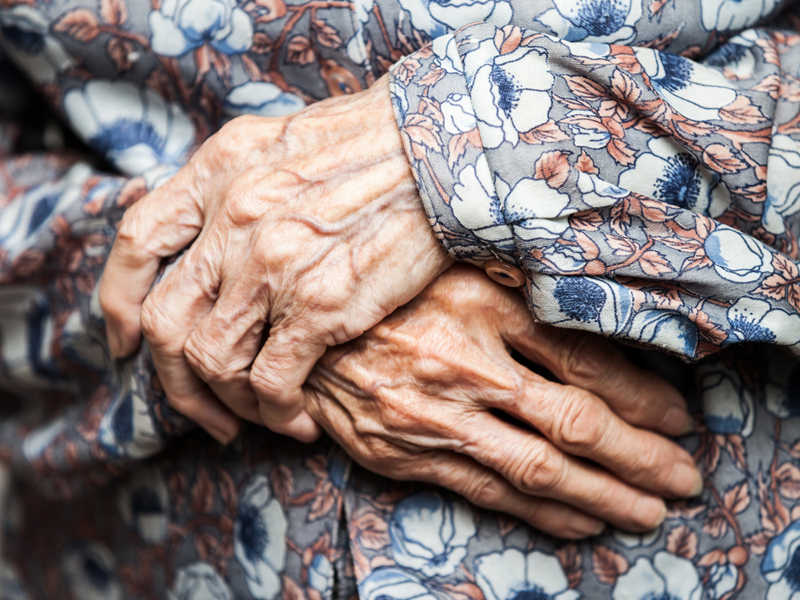Mom's Genes May Affect How Fast You Age

Eating well, sleeping well and exercising may help keep people young at heart, but mutated genes passed down from mothers may also predetermine aging rates, new research suggests.
Aging manifests itself in a variety of age-associated diseases as well as changes in physical appearance, and occurs at different rates in different people. Scientists have previously attributed aging to cell damage accumulated throughout life, but have not closely considered how aging rates might be inherited.
Now, a group of researchers based at the Karolinska Institute in Sweden and the Max Planck Institute for Biology of Ageing in Germany have found that damaged DNA in the mitochondria — also known as the powerhouse of the cell, because this is where sugars break down into usable energy — partly control the rate of aging in experimental mice. [5 Reasons Aging Is Awesome]
Mitochondrial DNA contains genes only from mothers. The researchers report their findings today (Aug. 21) in the journal Nature.
"What we previously had demonstrated was that the mitochondrial DNA acquired damage as the animals age," study researcher Nils-Göran Larsson, a researcher at Max Planck Institute, told LiveScience. "But now, we also report that some of this damage is already present at birth, and is transmitted from mother to child."
Mitochondrial DNA differs from the DNA that resides in the nucleus of cells, which comes from both parents.
The researchers found that mitochondrial DNA becomes damaged over time, and the cell's energy production gradually becomes disabled and contributes to aging, Larsson said in a statement.
Get the world’s most fascinating discoveries delivered straight to your inbox.
To determine the effects of mitochondrial DNA damage on aging, the team bred laboratory mice with varying degrees of such DNA damage, and then estimated their aging rates by measuring aspects of fitness such as weight, fertility and red blood cell count.
The team found that increased levels of damage in the mice correlated with reduced levels of fitness. Still, the relative influence of mitochondrial DNA damage versus environmental stressors in aging remains unclear.
While the findings may have interesting implications for aging rates in humans, they also require additional research, Larsson said.
"We have used a set of experimental conditions to establish our results, and we think they are applicable to humans, but of course, this has to be proven through human studies," Larsson told LiveScience.
The team next plans to study the relative role of damaged mitochondrial DNA in aging by genetically engineering flies to have decreasing levels of mutated mitochondrial DNA from one generation to the next. They hope their research will provide the groundwork for other researchers to study the human implications of their findings, Larsson said.
Follow Laura Poppick on Twitter. Follow LiveScience on Twitter, Facebook and Google+. Original article on LiveScience.

